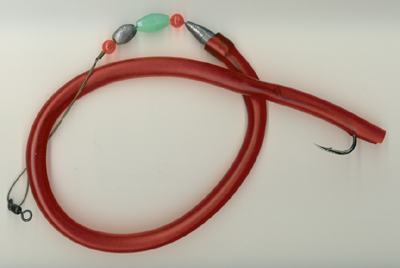Studies by the states of Massachusetts and Maryland concluded that when using baited circle hooks to fish for striped bass, the mortality of released fish is significantly reduced. As of January 1, 2013 the State of Maine has made it unlawful, when fishing for striped bass or bluefish, to use any hook other than a circle hook when using bait, with an exception for "Tube N Worm" rigs when fishing for striped bass with bait.
Some Frequently Asked Questions:
- What is a circle hook?
A circle hook is a non-offset hook with a point that points 90 degrees back toward the shaft (shank) of the hook.
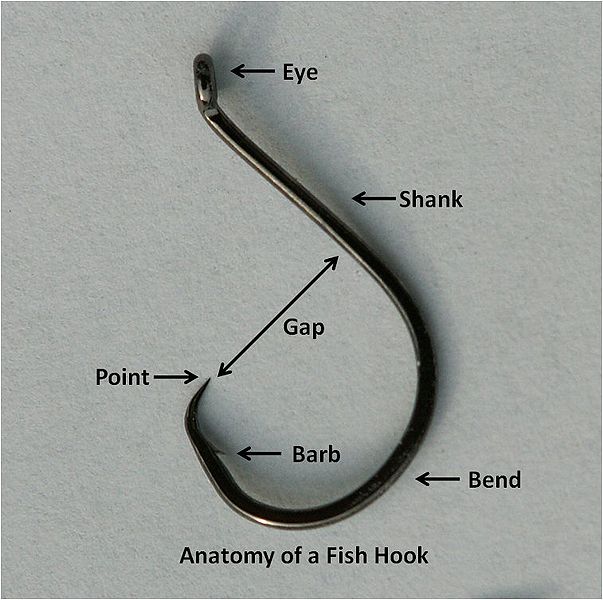
- What is the difference between a conventional "J" hook and a circle hook?
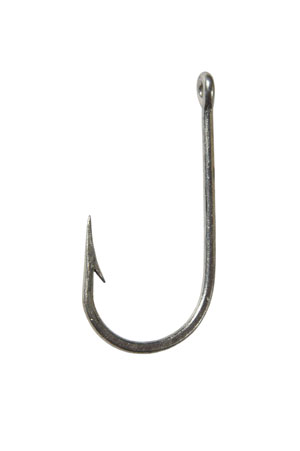
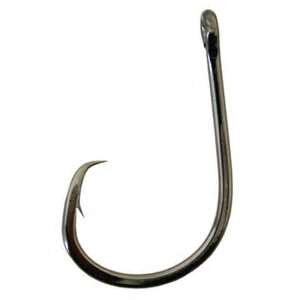
J hook vs circle hook
- What is the difference between a non-offset and an offset circle hook?
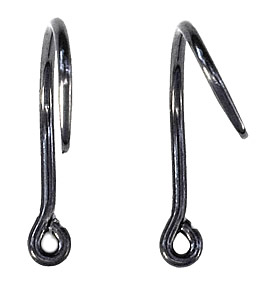
Non-offset vs offset circle hooks
- What are the benefits of using a circle hook?
Circle hooks are designed to hook fish in the corner of the mouth. Studies have shown you are less likely to deep hook (or gut hook) a fish when using a circle hook versus a "J" hook.
- How do I use a circle hook?
There is a considerable difference when using a circle hook versus a conventional "J" hook. When using a circle hook and a fish strikes you simply point the tip of the rod at the fish and slowly begin to reel in. The hook will set itself, usually in the corner of the mouth. If you are new to this method it is best to have a little patience as the technique takes some getting used to, especially if you are accustomed to using a conventional "J" hook where you have to set the hook by jerking back on the rod.
- Tube N Worm Exception: Rubber or latex tube rigs will be exempt from the circle hook restriction as long as they conform with the following: the lure must consist of a minimum of 8" of latex or rubber tubing with a single hook protruding from the end portion of the tubing where bait may be attached. Use of treble hooks are not allowed with these rigs.
Tube N Worm Rig
Other Links to Circle Hook Studies:
